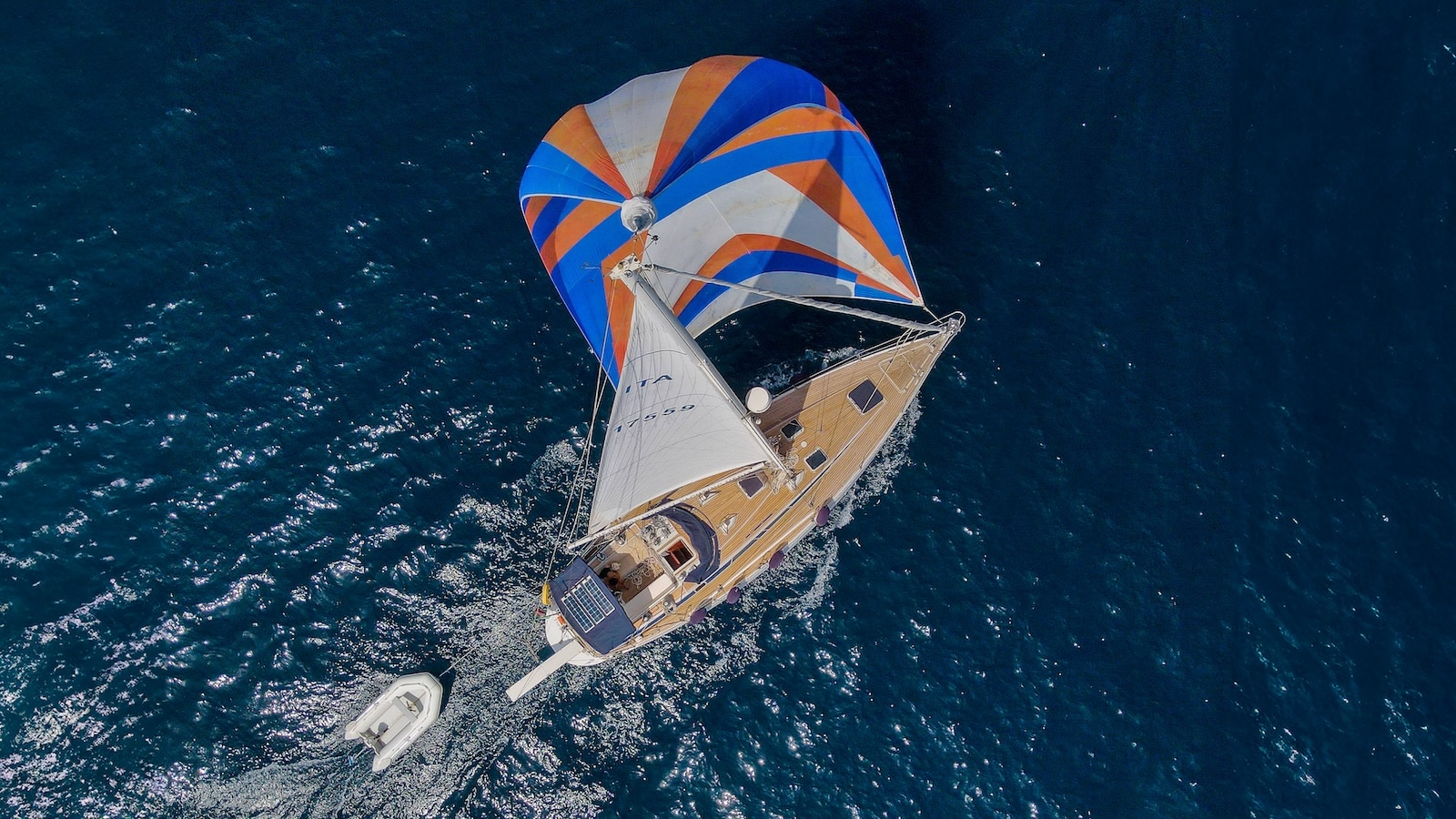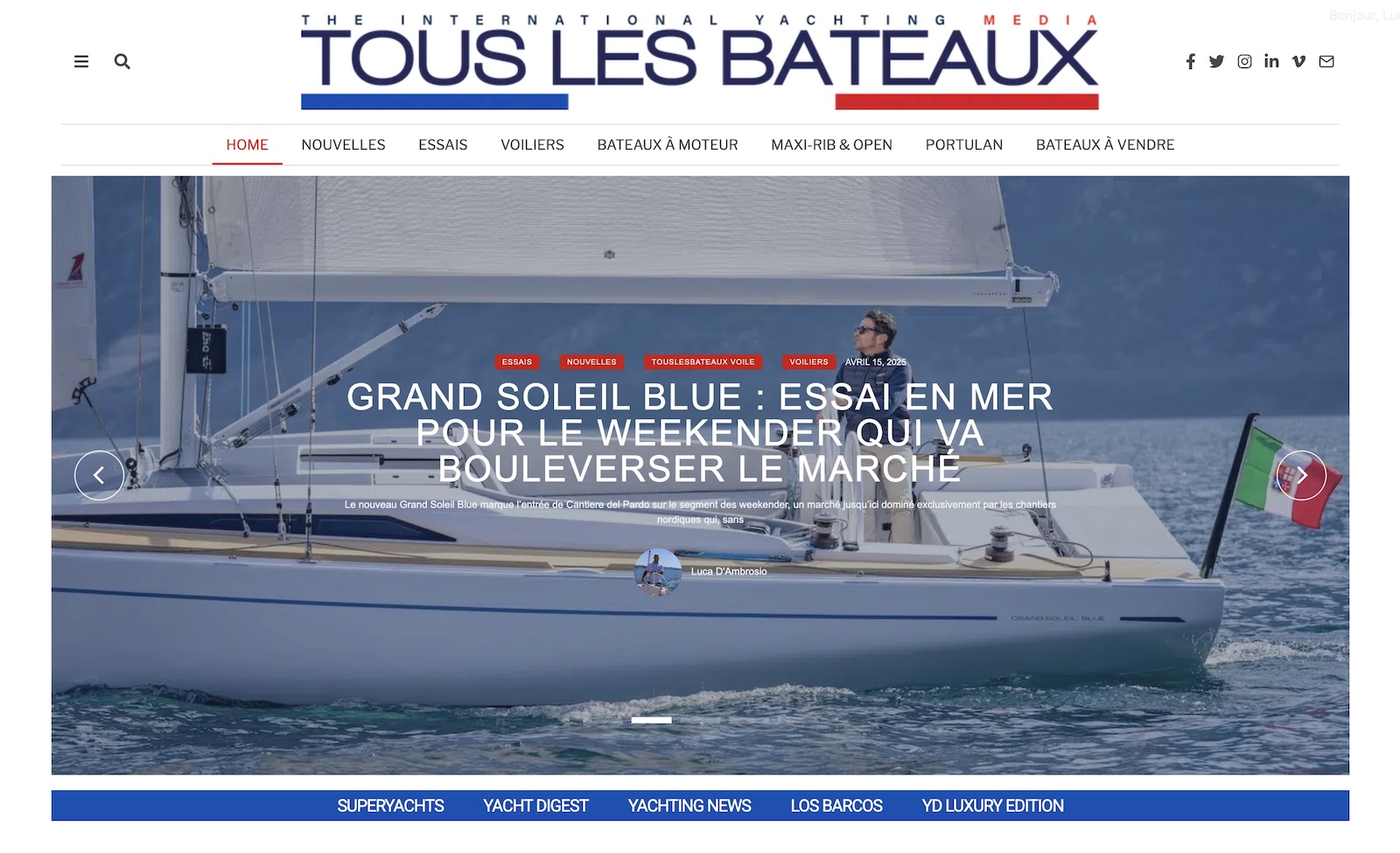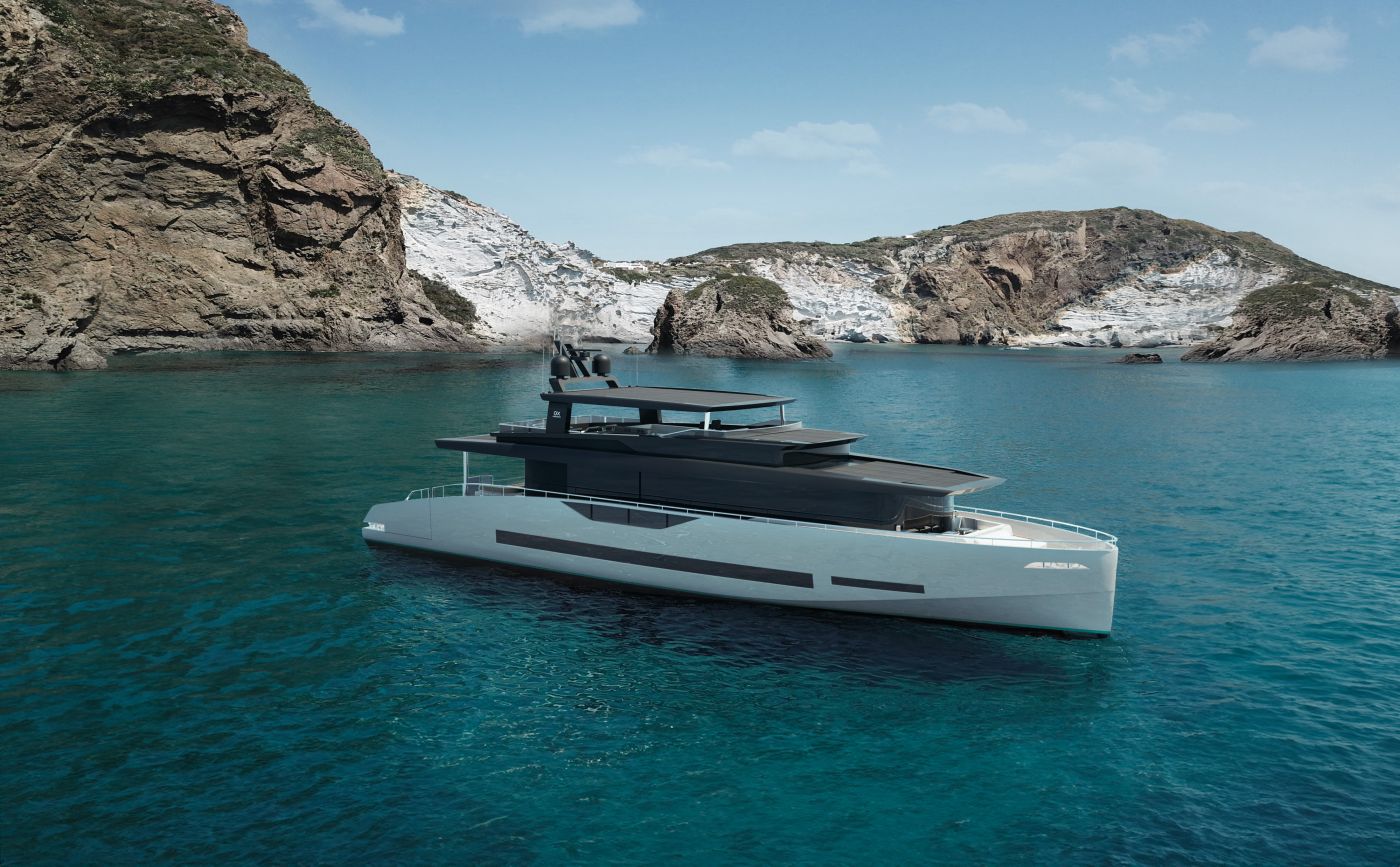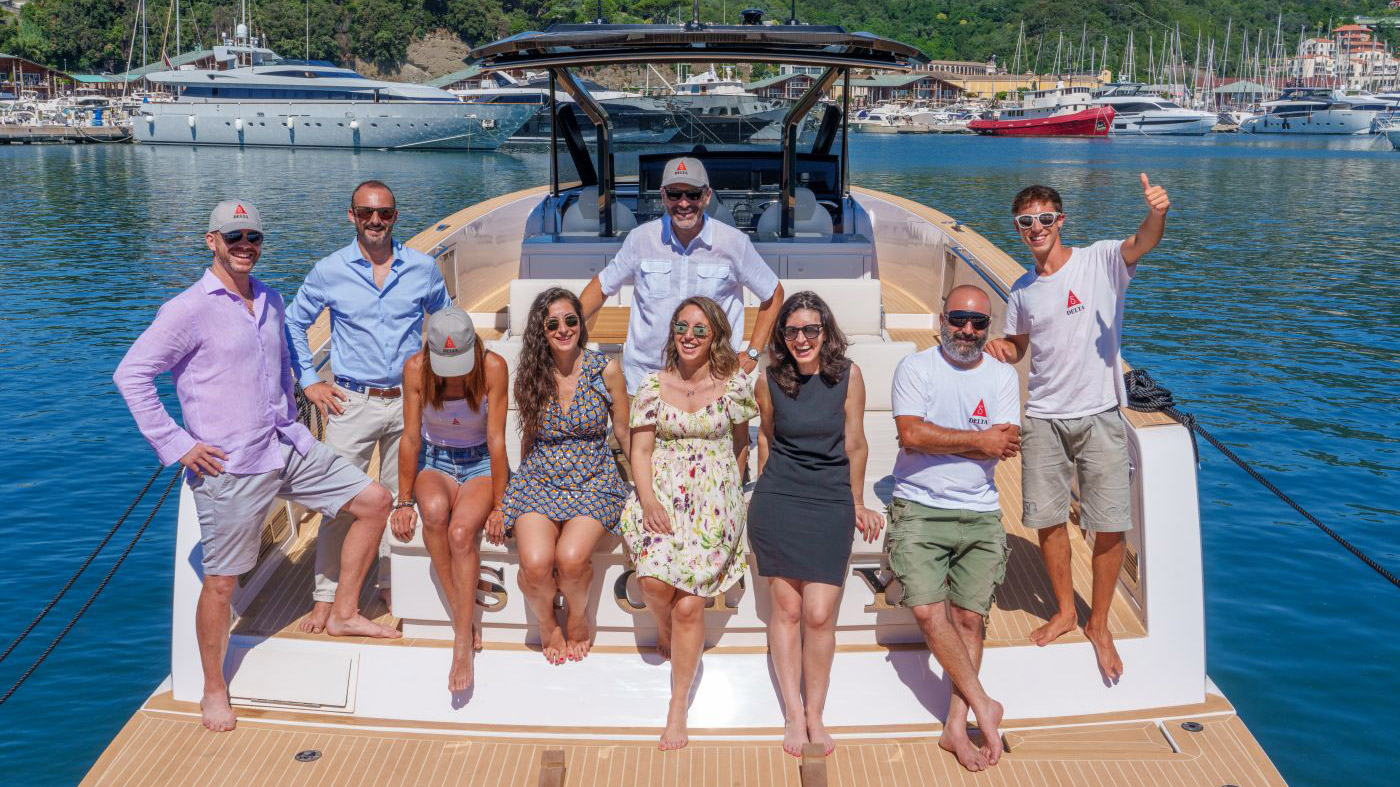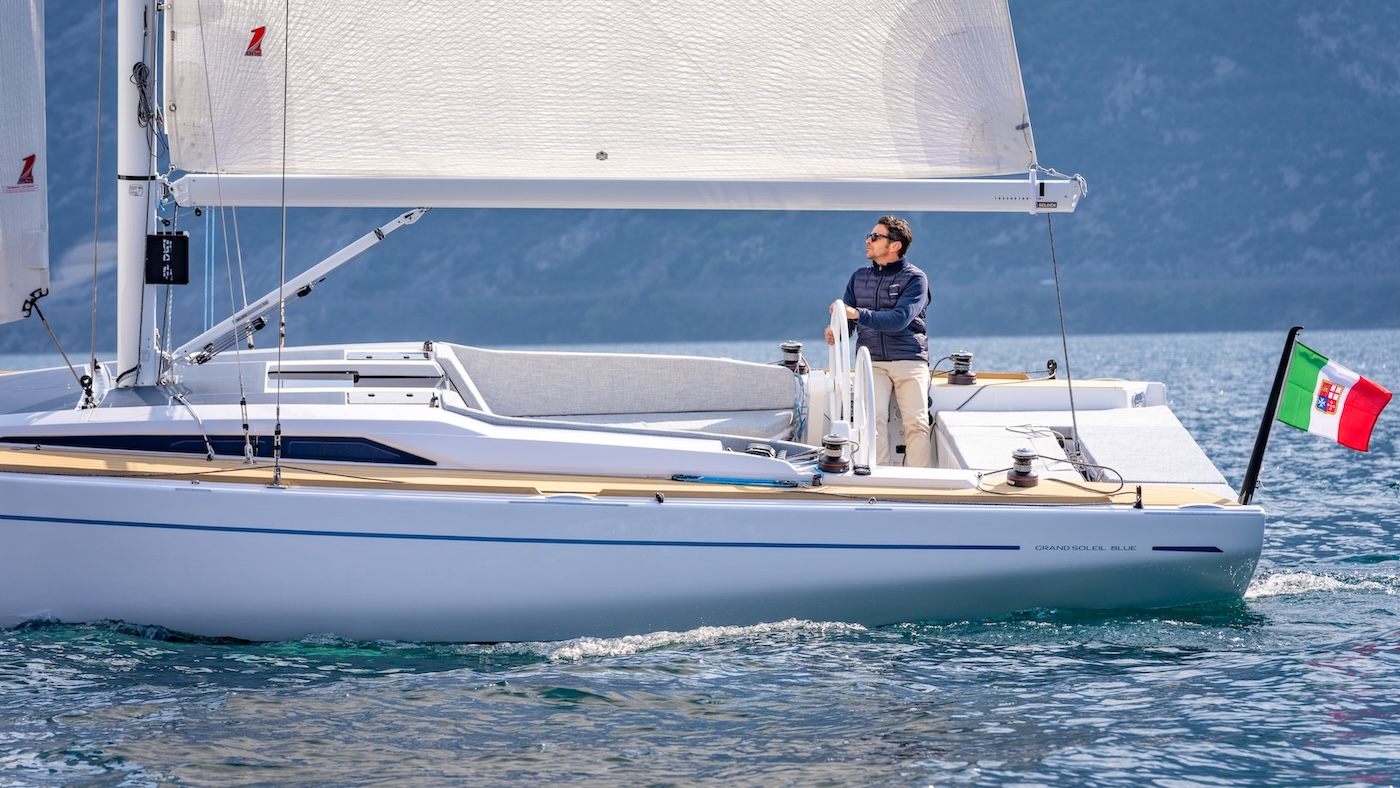Selva T 230 VIB ed ePropulsion eLite: the test begins.
It’s no surprise that a tender and an outboard engine are two indispensable accessories. Inseparable companions of our summer cruises, they allow us to disembark, go to the beach, and accompany us on all excursions where our boat cannot take us.
The evolution of boating in recent years has brought a series of improvements that have made the use of these essential tools much simpler and lighter. On one hand, tenders have become larger, lighter, and have acquired inflatable V-hulls, while outboards have become electric and truly lightweight.
This is precisely why we have decided to test a combination that we believe represents the best possible compromise for all boats, from the smallest up to 15/16 meters, to enjoy holidays with minimal effort and maximum ease of use.
We are talking about the Selva T 230 VIB and the brand-new ePropulsion eLite, the two marine accessories we have just loaded onto the Daydreamer, our famous lab-boat, to subject them to our usual extreme tests. What follows is the first analysis of the two products, from reception to unpacking and the initial tests.
Selva T 230 VIB: the ultimate tender
At 2.32 meters in length and 18 kg in weight, the Selva T 230 VIB today represents the best compromise between habitability, stability, and weight. Equipped with a high-pressure inflatable V-hull, it’s a tender that doesn’t take up too much space on board and is very easy to handle.
The Selva T 230 VIB arrived in a well-packaged box, which, once opened, contained the following: the rolled-up tender (protected by an inner film), its storage bag, two detachable oars, the central wooden bench, the inflator, a pressure gauge, and a repair kit. An initial kit that is truly complete, to which, honestly, I wouldn’t know what to add.
We inflated the tender in about 10 minutes, using only the supplied foot pump, bringing the tubes to the operating pressure and the high-pressure hull to just under one bar of pressure. The central bench should be inserted into its slots when the tender is still half-inflated; once it reaches the operating pressure, it becomes solid with everything, providing excellent overall rigidity. Personally, I would never choose a tender without a bench, as rowing is really simple and safe this way.
The oars are easily assembled with a snap mechanism, inserted into the oarlocks with a dedicated pin that is then secured with a screw nut, covered with ergonomic plastic, and tied to the inflatable boat with a specific small rope. The high-pressure floor is equipped with convenient fastening straps, which will be useful for securing the anchor, an optional tank, or other bags and equipment on board.


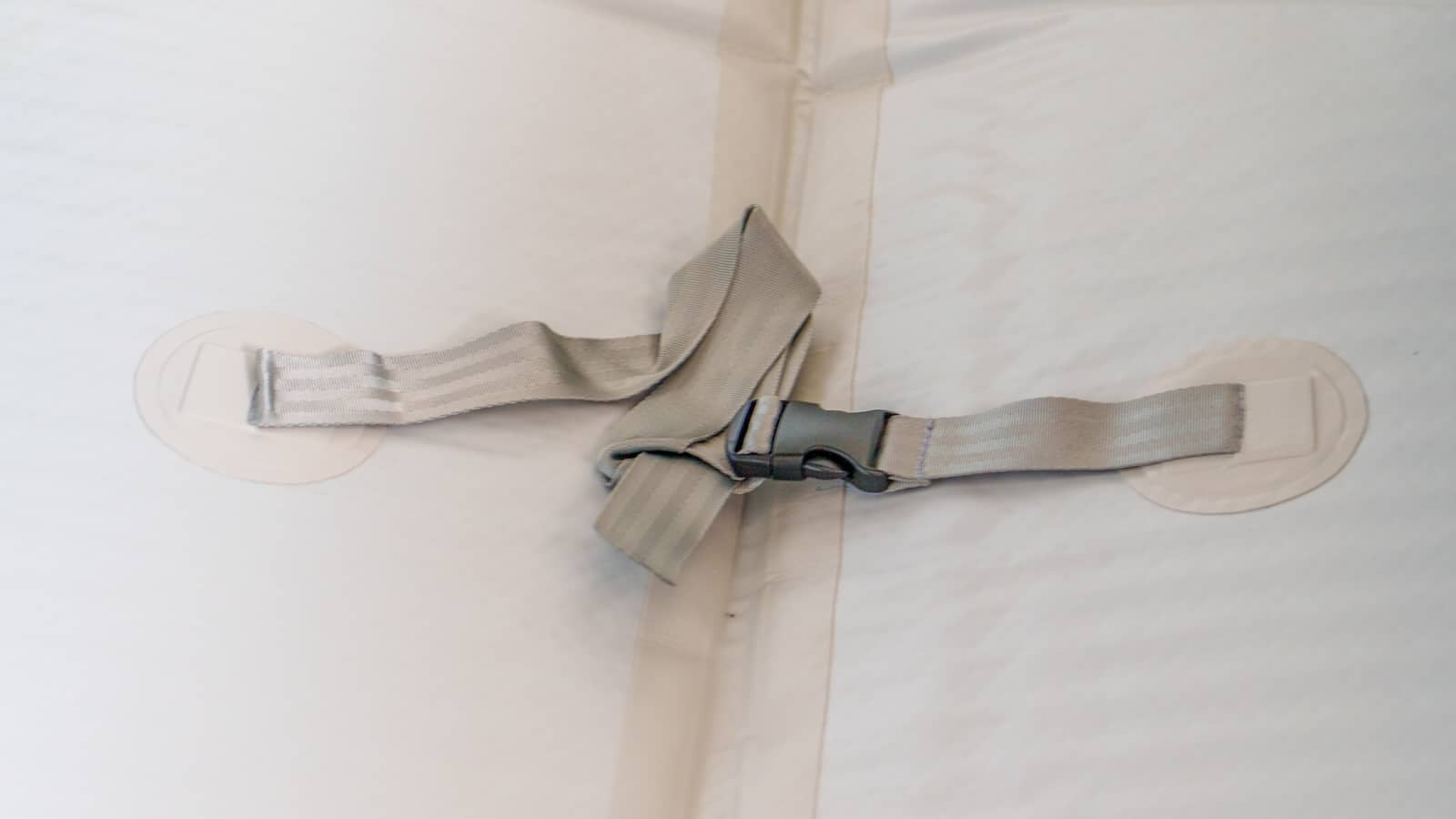
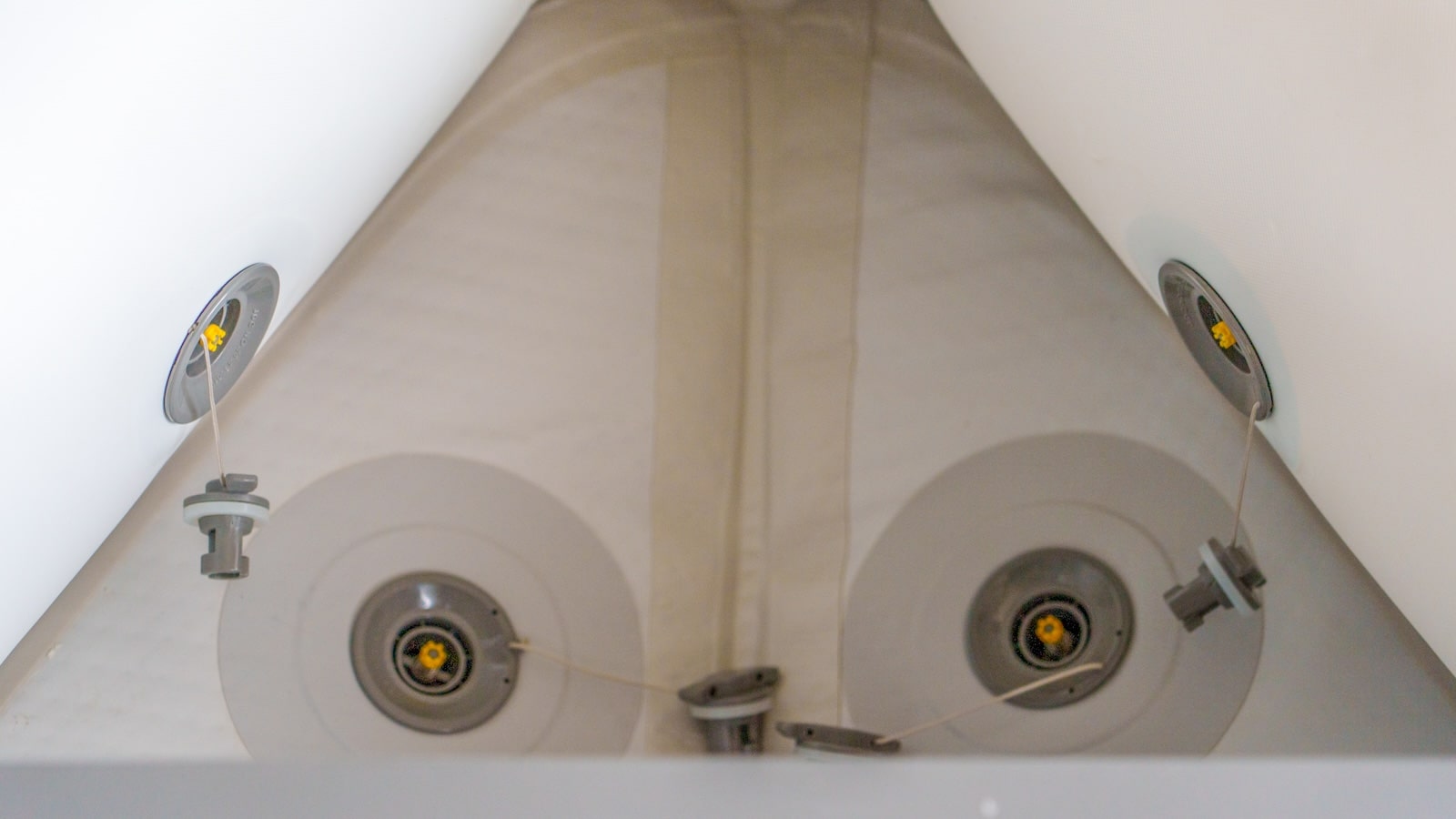
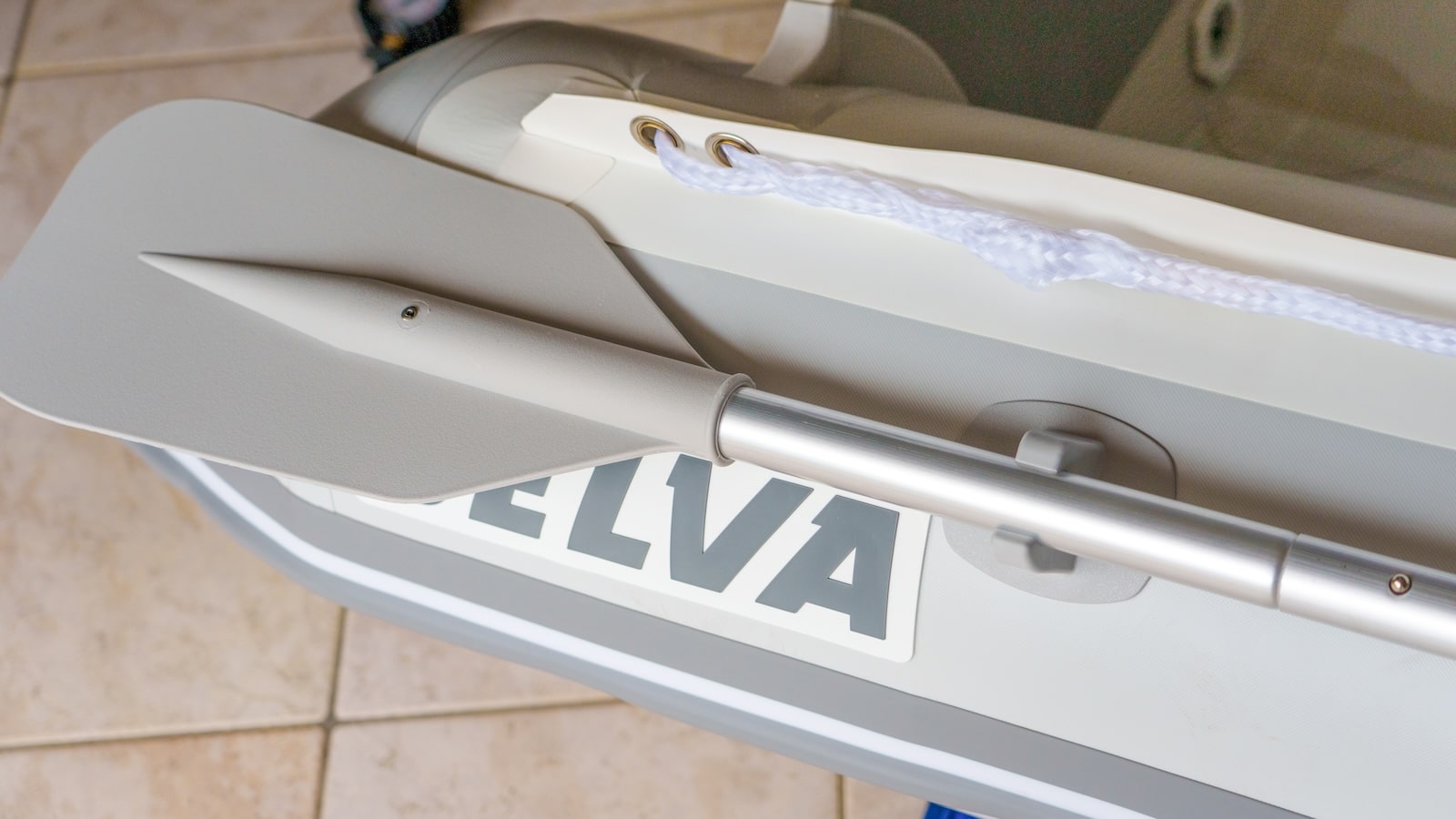
The fabric of the Selva T 230 VIB is the same as that of the models we have tested before, incredibly resistant and with the great advantage of not yellowing over time. The towing rings are also the same, carefully thermowelded, becoming one with the structure.
We finally left the tender inflated without closing the valves with the appropriate screw cap, and after measuring the pressure with the provided gauge after 5 days, we did not notice any difference. It took about 15 minutes to deflate and store the tender and its equipment; the storage bag is equipped with very long compression straps that make this operation easy.
In short, it is a very well-designed and built tender, easily lifted and loaded into a car, and it truly impressed us with its construction quality. The Selva T 230 VIB can be found at Selva dealers or online, with prices ranging between 1,050 and 1,250 euros.
About ePropulsion eLite
ePropulsion eLite is the latest innovation from this manufacturer that has clearly established market leadership with consistent and robust products that, importantly, are sold at reasonable prices.
The latest addition is a completely revolutionary product that provides a simple, lightweight, and effective system for powering your tender with an electric outboard that can be used (and especially moved) by anyone.
ePropulsion eLite arrived in very sturdy packaging, with the top part listing the components inside the box, which, as usual with this manufacturer, are all of excellent quality, both the aluminum and plastic parts. Inside the package, we found: the main body of the motor, the bracket to attach it to the tender, two safety releases, the charger, the user manual, and the carrying bag.
The outboard engine is a single component equipped with a two-blade propeller, with its battery integrated into the outboard’s shaft. The control handle is extendable and also features a joint that allows it to be positioned both for driving and for easily carrying the accessory.
Lifting the ePropulsion eLite immediately reveals its lightness; weighing less than 7 kg, it can be easily loaded and unloaded by anyone, in any sea and weather conditions. On the top side, there is a simple yet effective display that turns on with a long press and shows the battery charge percentage with a short press.
After turning it on, it is also possible to switch to sport mode with a double click on the button; this function increases the power by 50%. Just below the display, there is a useful USB Type-C port that allows us to charge our phone or other accessories while we are out and about.
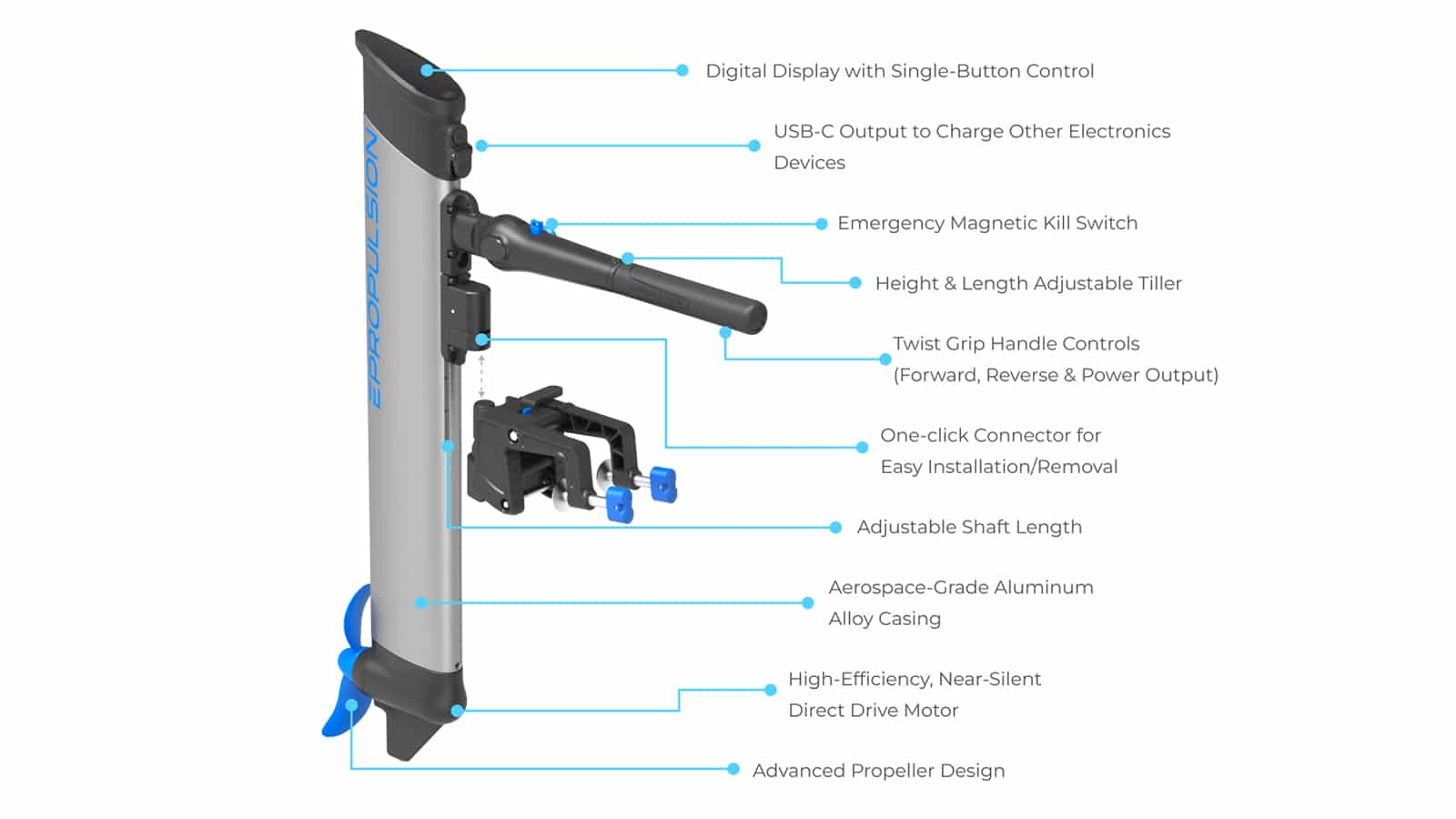
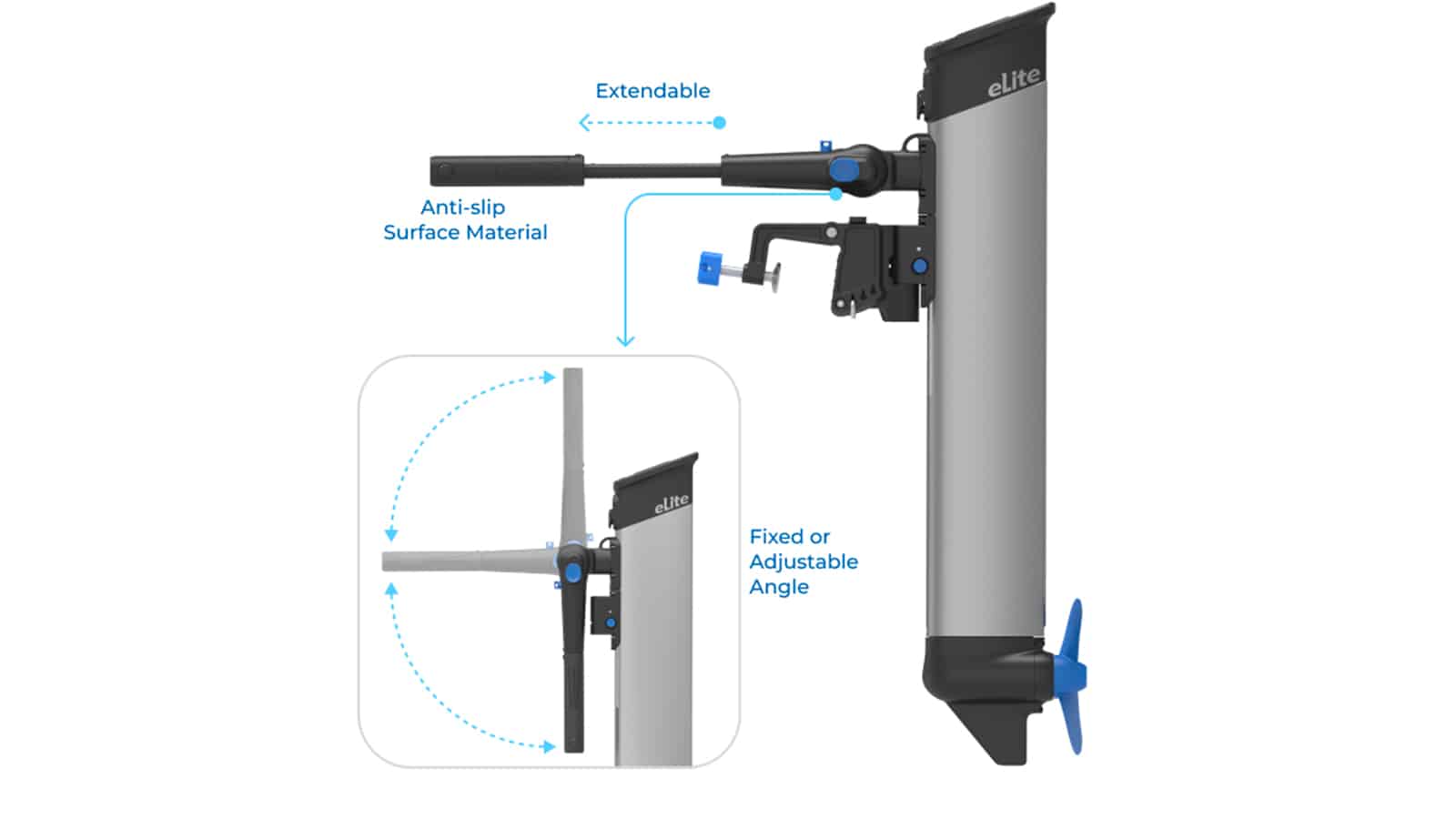
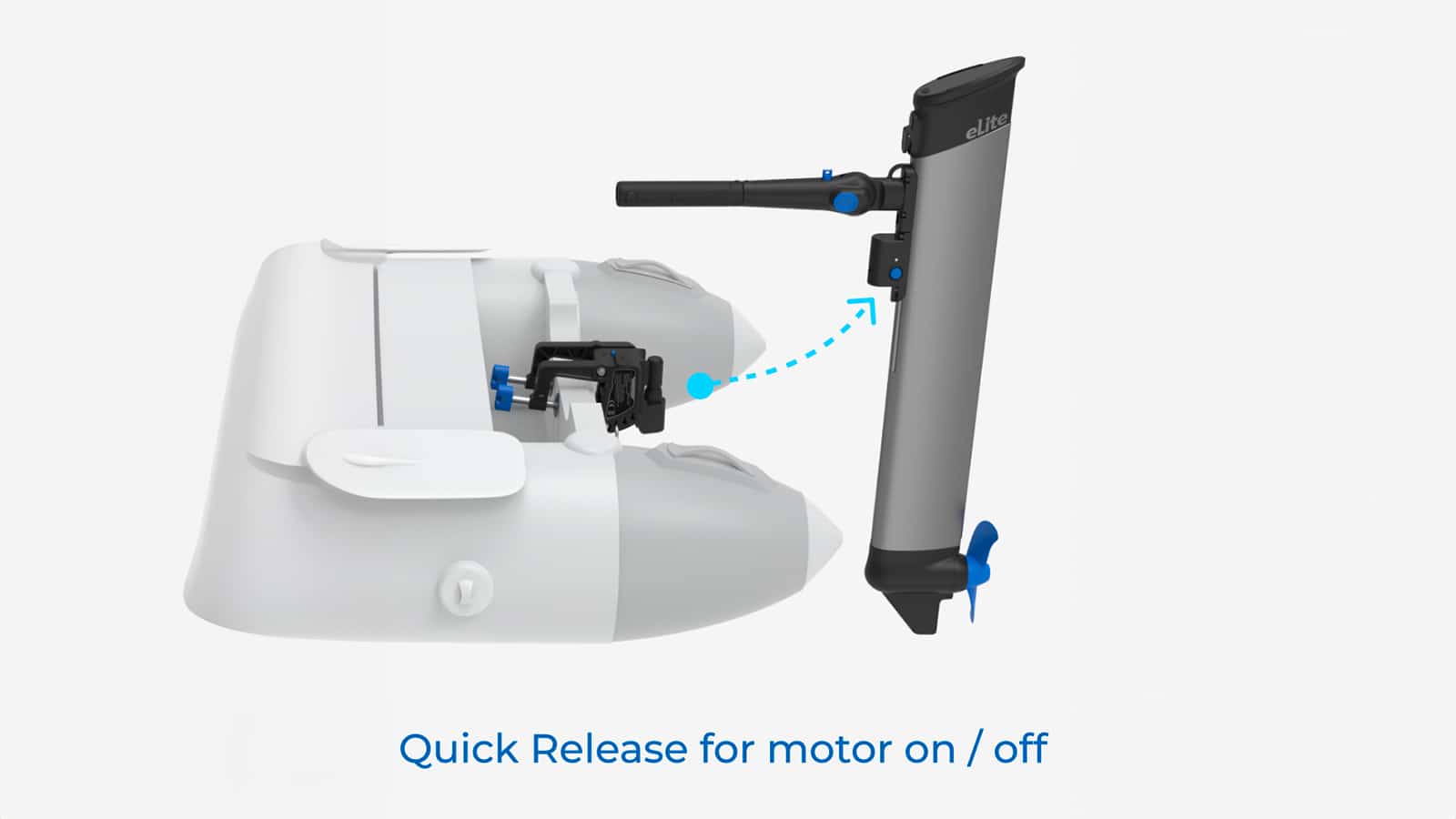
Attaching the electric outboard motor to the bracket is incredibly easy: you insert it into the appropriate pin until you hear a click, and that’s it. To release it, you only have to press a button, and the outboard is freed. The height of the outboard is adjustable, as the pin can slide on a track that allows you to set the propeller’s depth, making this very useful accessory truly universal.
I tried turning on the ePropulsion eLite out of the water, and everything works, but in the absence of immersion, its power is limited to 10W. In this mode, the propeller spins slowly and can be stopped with your hands. This safety feature protects from accidental use of the outboard, yet another demonstration of how advanced these propellers are.
The ePropulsion eLite is available from Selva dealers or online for 1,099 Euros.
Our first test
We launched the tender in the harbor (by hand due to its lightness) with its bracket already secured to the transom. We then boarded the outboard and, with equal simplicity, inserted it into its pin. Total time for both operations: 5 minutes; effort required: almost none.
We inserted the magnetic safety release into its slot, put the neoprene wrist strap on our wrist, and we were ready to go. The throttle is adjusted like on a motorcycle, but here, by turning the handle in the opposite direction, you can also go in reverse. Accelerating quickly gains speed, and at harbor speed, about 3 knots, the display indicates a remaining range of almost 2 hours. Not bad at all for such a compact outboard.
Accelerating further, the outboard engine provides plenty of thrust, but unfortunately, the sea is rough, and a storm is approaching, so reluctantly, we head back and load everything onto the Daydreamer. In a few days, we will depart for our usual testing cruise, where we will have plenty of time to use these two wonderful accessories and conduct more in-depth tests, which we will, as always, share on our pages.
Fair winds!
TECHNICAL SPECS
Selva T 230 VIB
Length | 232 cm |
Beam | 135 |
Tube Diameter | 35 |
Compartments | 4 |
Operating pressure bar | Tube 0,25 / Keel0,8 |
Weight | 18.37 kg |
Max power applicable Kw (Hp) | 3.67 ( 5 ) |
Max engine weight applicable Kg | 40 |
People carrying capacity | 2 + 1* |
Max carrying load Kg (number of people + standardequipment + engine) | 380 |
Type | Rigid GRP hull |
Hull outer / inner colour | White |
Tube colour | White |
Fabric | PVC 1.100 g/m2 |
Type of motor shaft | Short |
ePropulsion eLite
Nominal Power | 500 W |
Maximum Power (in Sport mode) | 750 W |
Battery | Integrated 378 Wh 25.2V Lithium-ion |
Battery Life | 800 cycles |
Charger | 100 to 240V AC charger included, 12V charger optional |
Operating Temperature | -5 to 55 °C |
Trim and Tilt | 8° / 17° / 26° |
Tilt Angle | 75° |
Shallow Water Mode Tilt Angle | 36° |
Steering Angle | ±70° |
Dimensions (L x W x H) | 297 x 75 x 890 mm |
Motor Weight (excluding bracket) | 6.7 kg / 14.7 lbs |
Motor Weight (including bracket) | 7.9 kg / 17.4 lbs |
Adjustable Shaft Length | 401 / 362.5 / 322 / 282.5 mm |




